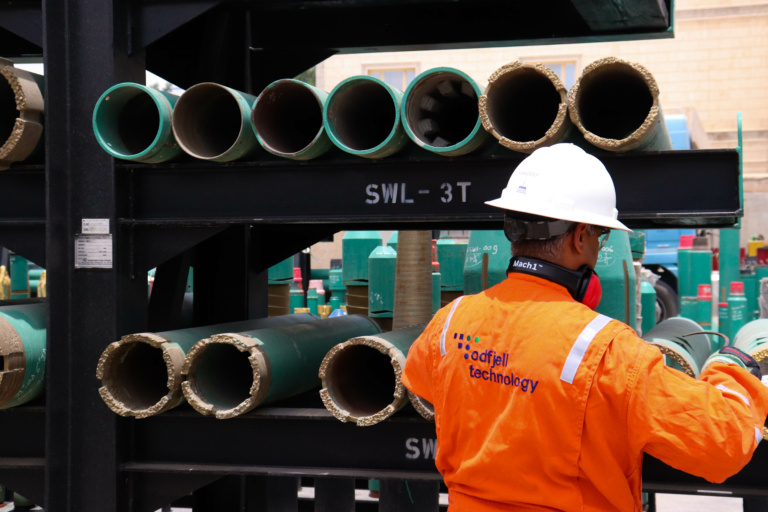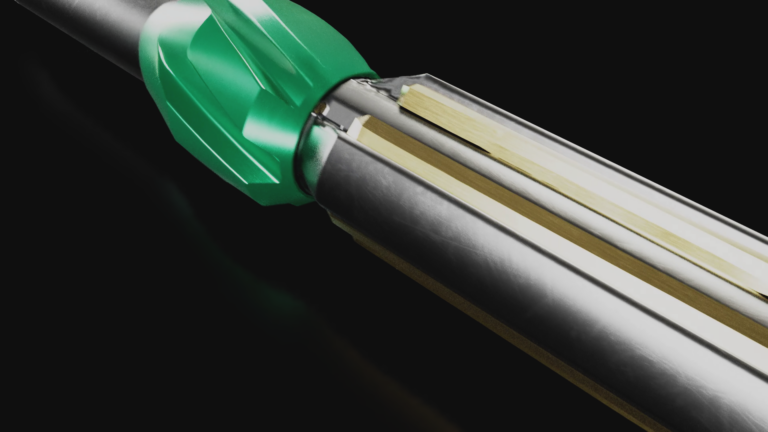Planning your Displacement & WellBore CleanUp
Are you well (pun intended) prepared?
The key fundamental aspect of a wellbore clean up is a proper pre-job planning. During a careful run-through of the elements involved, you’ll be able to identify if there are any limitations on rig & surface equipment, as well as any potential downhole ‘showstoppers’. With proper planning & implementation, an efficient and optimal cleanup and displacement is achievable. Lets look at the areas of concern in more detail.
On the surface
- Consideration of the available pit space and actual fluids types:
- How much volume is required for the cleanup displacement train?
- How much volume is required for the completion fluid?
- What is the base fluid of the mud vs the completion fluid – oil or water based?
- What is the completion fluid and any potential handling issues, i.e. brines?
- How is the unused mud system in the pits pumped out?
- What is the anticipated interfacing of the fluids as they come out of the well?
- Containment and disposal method of the spent drilling mud & displacement train?
- Pit management during the displacement is key – you don’t want to stop once you start!
- How clean are the surface pits, surface lines and manifolds?
- If using an oil based mud, these should be flushed and ‘water wetted’
- Any settled solids in the pits must be removed prior to filling with the displacement train pills
- A contaminated pit will result in a poor displacement and downhole issues!
- What type of filtration system is being used to filter the completion fluid?
- Are you using a cartridge or filter press system?
- What deck space for dual press package is available?
- What filter media is to be used in cartridge units?
- Is it compatible with the fluids, i.e. viscous spacers and oil absorbent cartridges don’t get on
- Without filtration you don’t know how clean the completion fluid is!
In the well
There are three fundamentals, the ‘3-Rs’, of wellbore cleanup that should be adhered to:
- CiRculation – without it you’re going nowhere!!
- Rotation – to agitate the debris from the low side into the fast moving fluid stream
- Reciprocation – work those hard areas, think about scrubbing that dirty oven tray, to get rid any debris or contaminates stuck to the casing inner diameter
In practice you might not always be able to achieve all three at the same time, but by carrying out some pre-job planning – use your Torque & Drag and/or Hydraulics modelling tools – you can design the optimum cleanup string. By placing the appropriate mechanical tool in the optimum place you can achieve 2 out of 3 of the 3-Rs at any one time. Simply activate/utilise the appropriate tool at the correct time to engage each of the 3-Rs at key points during the wellbore cleanup.
> Read also: How a circulation tool can boost annular velocity
And this is just the tip of the iceberg – the below checklist gives a high level of things that should be considered when planning your displacement and cleanup.
The WellBore CleanUp Checklist
- Do you have an in-depth operational program detailing the steps required?
- Run casing cleanup tools, scrapers and brushes
- Run debris recovery tools, filter tools and magnets
- Use circulating subs to get achieve optimum CiRculation rates
- Use pipe Rotation and Reciprocation to get dislodge and transport debris in the fluid stream
- Jet BOP cavities when POOH prior to running your completion
- Boost the riser once displacing fluid is above the BOPs, particularly in deepwater wells
- Review single or two stage displacement (negative liner lap) techniques if going from heavy mud to light completion fluids
- Consider liner hangers / packers – do they require to be Inflow Tested
- Measure directly oil content of the seawater/brine – surface filtration tools
- When designing the displacement train
- Minimise spacers
- Treat as produced water
- Avoid passing detergents through the surface filtration system
- Avoid passing viscous spacers through the surface filtration system
- Consider the interfaces between the fluids
Profitable desktop work
Investment in the pre-job planning is important to achieve a successful WBCU-operation. Your choice of methods and tools decides the order of events and the organisation on site. The time spent at your desk planning the process, will pay its dividends on the rig, resulting in a smooth and effective Wellbore Clean Up.
Topics: Wellbore CleanUp

By: Stephen Mair
Stephen has over a decade experience in WellBore CleanUp (WBCU) activities ranging from authoring industry best practices to WBCU research and development projects. With experience in various global locations (North Sea, Europe, Africa & Alaska) he has been involved in introducing the next generation of mechanical & software solutions to meet today’s WBCU challenges.



